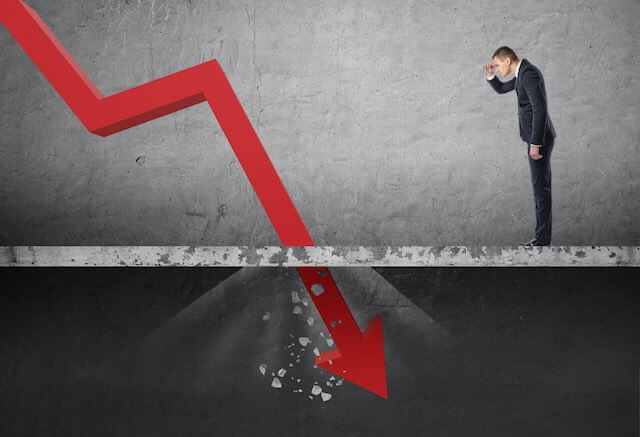The F Fund has been the worst-performing TSP fund cumulatively over the last 3 years. This article takes a look at why this bond fund hasn’t done very well, and describes what would affect its performance going forward.
Last year in February 2017, I wrote an article here on FedSmith discussing how rising interest rates by the U.S. Federal Reserve make the F Fund less attractive on a risk/reward basis than the G Fund for the time being.
So far, this has indeed been the case. Since February of that year, the G Fund has risen by about 4.3% while the F Fund has only risen by about 2%. For 2018 year-to-date, the F Fund has had negative returns. And over the cumulative 3-year timeframe since the U.S. Federal Reserve began raising the federal funds rate in late 2015, the F Fund has lagged behind the G Fund.
Historically, the F Fund has given investors better returns over the long run than the G Fund in exchange for a little more risk. Since inception, the G Fund has given slightly over 5% annualized returns while the F Fund has given better than 6% annualized returns. That may not seem like a big difference, but it adds up over decades.
For every dollar invested in the G Fund since inception in the late 1980’s, you would have a little bit over two dollars today after adjusting for inflation. For every dollar invested in the F Fund since inception, however, you would have almost three dollars today after adjusting for inflation.
However, while both funds are considered rather low risk and help protect a diversified portfolio during a bear market, the G Fund is the less risky of the two, because it has virtually no interest rate risk while the F Fund does. This is because interest rates for the G Fund are reset every month. The G Fund has never had a negative year, while the F Fund has had three negative years since its inception and is on track for likely its fourth negative year in 2018.
During periods of rising interest rates, the F Fund tends to underperform. And that’s what has happened over the last couple of years.
Interest Rate Risk Defined
As the F Fund Information Sheet describes:
The average duration (a measure of interest rate risk) of the U.S. Aggregate Index was 5.75 years, which means that a 1% increase in interest rates could be expected to result in a 5.75% decrease in the price of security.
The U.S. Federal Reserve sets key short-term interest rates that eventually affect the interest rates of all other debt, ranging from U.S. Treasuries to residential mortgages to corporate bonds. The Fed raises interest rates as needed to keep inflation under control, and reduces interest rates as needed to jumpstart the economy and improve employment rates.
Since late 2015 as the economy has strengthened, the Fed has risen rates by 0.25% seven times:
ral funds rate by another 1% through the end of 2019 as expected, we may be in for another lackluster year for the F Fund. However, an inverting yield curve or an earlier-than-expected recession are two possibilities that could change that outcome.
Overall, both the G Fund and the F Fund have a place in a diversified portfolio. The G Fund is as close to a risk-free investment as you can get, while the F Fund is a bit riskier in exchange for slightly higher return potential. However, an environment with low and rising interest rates happens to be worse for the F Fund than the G Fund.


